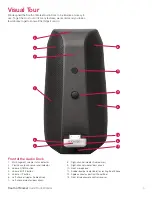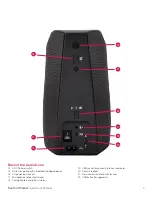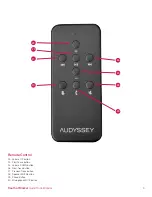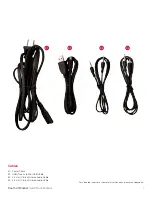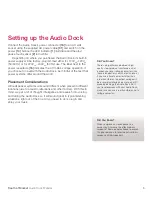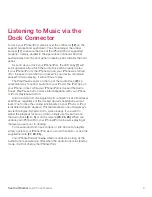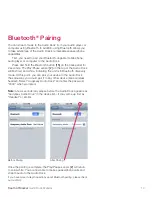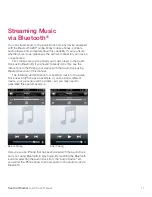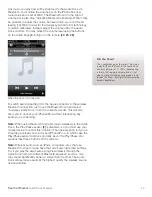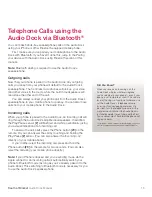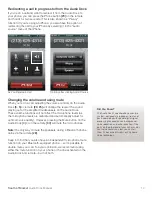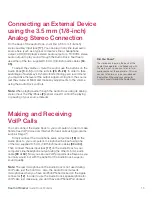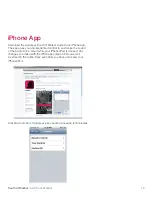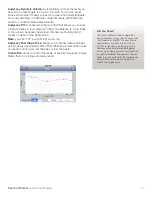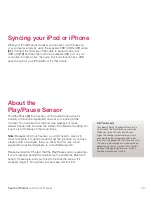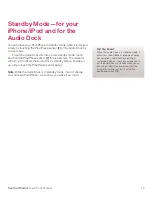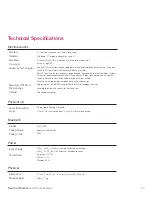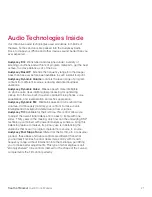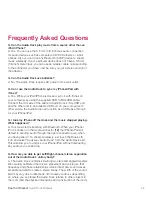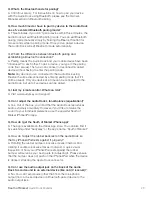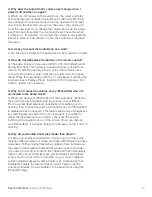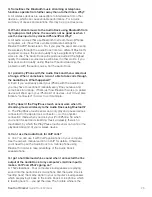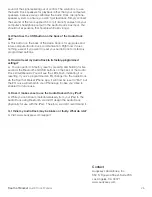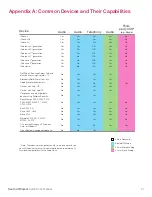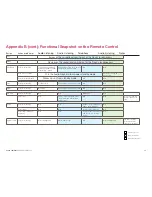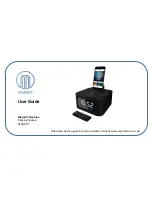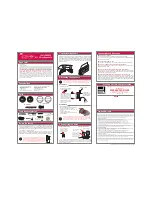
South of Market
Audio Dock Manual
18
While your iPod/iPhone is docked, you can sync it with iTunes on
your computer simply by using the supplied USB to Mini-USB cable
[32]
. Connect the mini side of the cable to Audio Dock’s mini-
USB port
[19]
and the other end to an available USB port on your
computer. In other words, the Audio Dock can function as a USB
pass-through for your iPhone/iPod. It’s that simple.
Syncing your iPod or iPhone
About the
Play/Pause Sensor
The Play/Pause
[2]
touch sensor on the Audio Dock performs
a variety of functions, depending on what you’re doing at the
moment. You can use it to start and stop playback of music,
answer phone calls, and view the status of the Bluetooth pairing. So
it gets a lot of mileage on the Audio Dock.
Note:
Because it’s a touch sensor, you don’t need to press it in
order to activate it. A gentle touch will get the job done. If you have
a laptop with a touchpad, then you know how it works. It’s an
elegant and practical alternative to a mechanical switch.
Please be mindful of the fact that the Play/Pause sensor is sensitive.
If you’re reaching behind the Audio Dock to activate the Bluetooth
button, for example, and your forearm brushes the sensor, it’ll
probably trigger it. No big deal, but just keep this in mind.
Your body’s ability to conduct electricity is
what makes the Play/Pause sensor work.
When you touch the sensor with your
finger, the charge stored under your skin
changes the electromagnetic fields from
the circuit, triggering the Play/Pause sensor.
The primary advantage of our capacitance-
based touch sensor system is that it won’t
wear out through long-term use, unlike a
traditional mechanical switch.
Did You Know?

